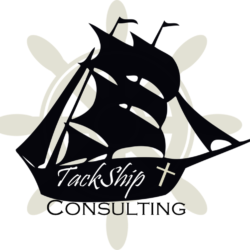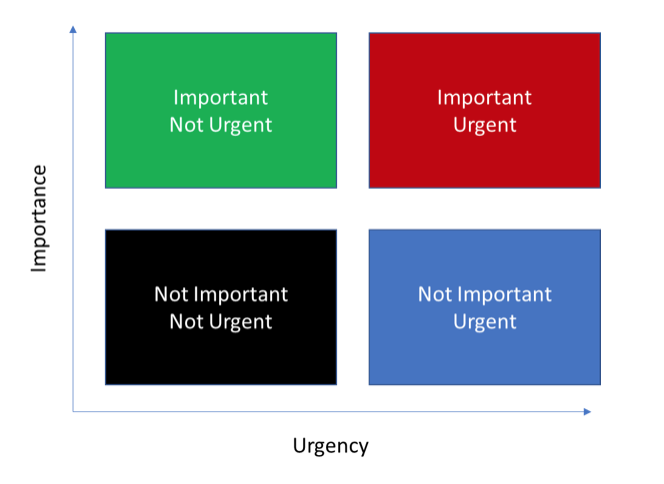
God, please tell me what to do!
God speaks to a lot of people in the Bible. Even some people today, you can talk to them and they are sure that God has called them down a path. He does not speak to me in any sort of obvious way, and waiting by the phone for him to call and tell me what my purpose is, doesn’t seem to work. My wife and I were talking today about how communications isn’t just about email, and while God hasn’t adopted that either, he has left us plenty of instruction. He has left us his word, and he has created us uniquely to have a purpose.
Over the past couple of years, I have worked through a transition in my life, from a Defense Contractor to an Executive Coach and Management Consultant. I made this transition partly of my own volition, but also to pursue an opportunity to minister to people in the marketplace.
As a defense contractor, I was doing work I was passionate about, was interested in, and that I thought useful and cutting edge for the Navy. Other people had other priorities, and I was out of contract dollars to keep my technology growing. What I realized quickly is that I am not a software developer. That is not my experience nor my gift. I have written some R and python scripts, but I am not efficient or effective. It is a daunting thing to be dependent on others to bring your vision to life, without having money to pay them to do it. Rather than go after investors, I chose the consulting route and pursued the opportunity to be a Chapter President for @Truth at Work in San Diego. My goal was to use my leadership and management education, training, and experience to create a successful consulting practice to serve others. Along the way, I could also support business leaders who are lonely, isolated, and overwhelmed, by getting them into community with other believers. Then COVID came and put a halt to everything. So I began to ask myself, is this just my great idea, or am I really pursuing my calling?
In the Executive Coaching world, continuous education is a real thing. If you plan to help others to continue to get better, then you need to continue to better yourself. So I went back to school, got a certificate from the Townsend Institute at Concordia University Irvine. Then I started getting into other groups and started reading and rereading a lot of books (including the Bible!). Another thing that I did, was to become a client of the process, and hired my own coach, who has also helped me to prioritize what is important, to listen to subtle and not so subtle clues, and to try to figure out what God is really calling me to do.
I believe it was Larry Buxton who explained to me that the word Enthusiam is actually derived from words meaning “God within”. I found this tidbit at the Merriam Webster Dictionary:
What is the history of enthusiasm?
… Enthusiasm entered the English language around the beginning of the 17th century. It was borrowed from the Greek enthousiasmos, meaning “inspiration or possession by a god.” For the first two hundred or so years that it was used in English, enthusiasm was primarily employed to refer to beliefs or passions that related to religion…
https://www.merriam-webster.com/dictionary/enthusiasm
So what if God is the source of our enthusiasms? If so, then things that we are enthusiastic about, are things that deserve attention. What things are you enthusiastic about? What things bring you joy? What do you get lost doing? At this point it doesn’t really matter if it makes you money, unless money making or spending money is your calling. Usually the money comes as a byproduct of pursuing your calling or passion, but that’s not to say that you may also need to make money to be able to pursue your passion. At any rate, list down those things which you are passionate about.
If you are feeling stuck or wanting to talk about a transition in your life, please schedule a time to talk and see if we can help you to Activate Your Passion! You just may find it helps to Optimize Your Performance!





